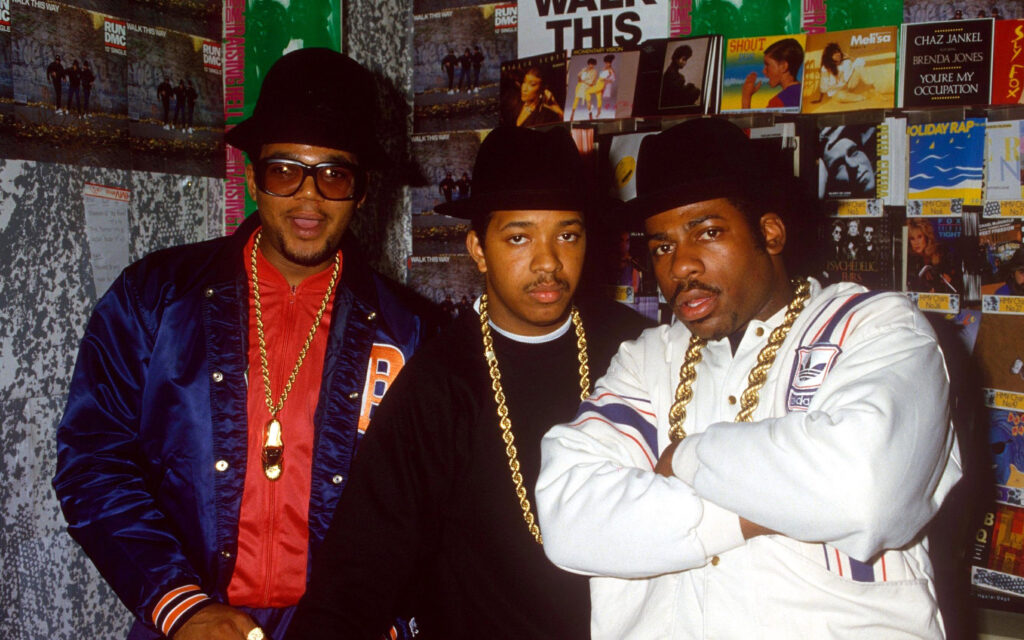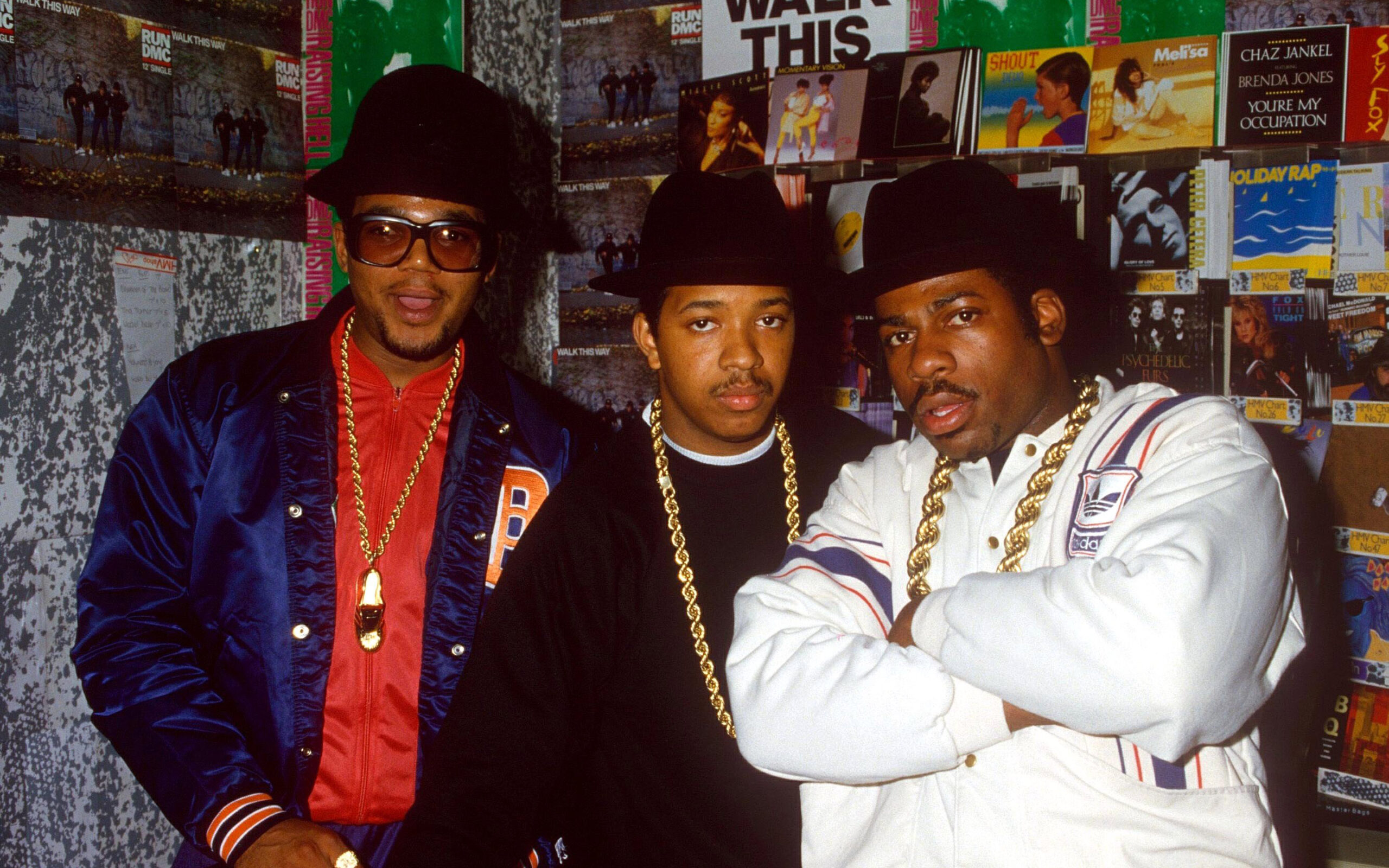
The Golden Era: A Deep Dive into 90’s R&B and Hip Hop
The 1990s were a transformative decade for music, particularly for R&B and hip hop. This era, often referred to as the “Golden Era,” witnessed an explosion of creativity, innovation, and cultural impact that continues to resonate today. From the smooth harmonies of R&B groups to the groundbreaking beats and lyrical prowess of hip hop artists, the 90’s left an indelible mark on the music landscape. This article will delve into the key artists, influential trends, and lasting legacy of 90’s R&B and hip hop.
The Rise of 90’s R&B
90’s R&B departed from the synthesized sounds of the 80s, embracing a more soulful and organic feel. Producers and artists alike drew inspiration from classic soul, funk, and gospel, creating a sound that was both contemporary and timeless. The decade saw the emergence of numerous iconic R&B groups and solo artists who dominated the charts and shaped the sound of popular music.
Boyz II Men: The Harmony Kings
Boyz II Men redefined the boy band concept with their impeccable harmonies and heartfelt ballads. Their record-breaking hits like “End of the Road” and “I’ll Make Love to You” solidified their place as one of the most successful R&B groups of all time. Their influence can still be heard in contemporary vocal groups today.
TLC: Redefining Girl Groups
TLC, comprised of Tionne “T-Boz” Watkins, Lisa “Left Eye” Lopes, and Rozonda “Chilli” Thomas, were more than just a girl group. They were cultural icons who challenged norms and pushed boundaries with their music and fashion. Their album “CrazySexyCool” remains a defining moment in 90’s R&B history, blending catchy melodies with socially conscious lyrics.
Aaliyah: The Princess of R&B
Aaliyah’s smooth vocals and cutting-edge collaborations with producers like Timbaland and Missy Elliott established her as a true innovator. Her untimely passing in 2001 cut short a promising career, but her influence on contemporary R&B is undeniable. She helped pave the way for many female artists who followed.
Other Notable R&B Artists
- Mariah Carey: Known for her incredible vocal range and chart-topping hits.
- Whitney Houston: A powerhouse vocalist whose music transcended genres.
- Toni Braxton: A soulful singer with a distinctive voice and emotional delivery.
- D’Angelo: Ushered in the neo-soul movement with his raw talent and captivating performances.
The Golden Age of Hip Hop
The 90’s are widely considered the Golden Age of Hip Hop, a period of unprecedented creativity and innovation. Artists pushed the boundaries of lyrical content, production techniques, and overall artistic expression. This era saw the rise of diverse subgenres and regional styles, contributing to the rich tapestry of hip hop culture.
The East Coast Renaissance
New York City remained a central hub for hip hop innovation, with artists like Nas, The Notorious B.I.G., and Wu-Tang Clan shaping the sound and aesthetic of the genre. Nas’s “Illmatic” is often cited as one of the greatest hip hop albums of all time, showcasing his lyrical genius and vivid storytelling. The Notorious B.I.G.’s larger-than-life persona and intricate rhymes made him a true icon. [See also: East Coast Hip Hop History] Wu-Tang Clan’s unique blend of martial arts imagery, gritty beats, and complex rhyme schemes created a distinctive and influential sound.
The West Coast Dominance
The West Coast also played a crucial role in the Golden Age of Hip Hop, with artists like Dr. Dre, Snoop Dogg, and Tupac Shakur achieving mainstream success. Dr. Dre’s “The Chronic” revolutionized hip hop production with its smooth, funk-infused beats. Snoop Dogg’s laid-back flow and charismatic persona made him a household name. Tupac Shakur’s passionate delivery and socially conscious lyrics resonated with a generation. The rivalry between East Coast and West Coast hip hop artists, while ultimately tragic, fueled creativity and innovation on both sides.
Southern Hip Hop Emerges
The 90’s also saw the rise of Southern hip hop, with artists like OutKast, Goodie Mob, and UGK establishing a distinct regional sound. OutKast’s innovative blend of funk, soul, and hip hop challenged conventional genre boundaries. Goodie Mob’s socially conscious lyrics and spiritual themes set them apart from their contemporaries. UGK’s raw and honest portrayal of life in the South resonated with audiences across the country.
Key Hip Hop Producers
The producers behind the beats were just as important as the rappers themselves. Producers like DJ Premier, RZA, and Pete Rock crafted the soundscapes that defined the Golden Age of Hip Hop. DJ Premier’s signature boom-bap beats and intricate sample layering became synonymous with New York hip hop. RZA’s raw and gritty production for Wu-Tang Clan created a distinctive and influential sound. Pete Rock’s soulful and melodic beats provided the perfect backdrop for lyrical storytelling.
Other Notable Hip Hop Artists
- A Tribe Called Quest: Known for their intelligent lyrics and jazz-infused beats.
- De La Soul: Pioneers of alternative hip hop with their playful and experimental sound.
- The Fugees: Blended hip hop, R&B, and reggae into a unique and commercially successful sound.
- Queen Latifah: A powerful female voice in hip hop who challenged gender stereotypes.
The Crossover Appeal of 90’s R&B and Hip Hop
One of the defining characteristics of 90’s R&B and hip hop was its increasing crossover appeal. Artists from both genres began collaborating, blurring the lines between R&B and hip hop and reaching wider audiences. This cross-pollination of styles led to some of the most iconic and commercially successful songs of the decade. [See also: R&B and Hip Hop Collaborations] The integration of rap verses into R&B songs and soulful vocals into hip hop tracks became a common formula for success.
Fashion and Culture
90’s R&B and hip hop had a profound impact on fashion and culture. Artists’ clothing choices, hairstyles, and overall aesthetic influenced trends worldwide. From baggy jeans and oversized t-shirts to Timberland boots and gold chains, the fashion of the 90’s was heavily influenced by hip hop culture. R&B artists often sported more sophisticated and glamorous looks, but still embraced elements of hip hop fashion. Music videos played a crucial role in shaping these trends and showcasing the latest styles.
The Lasting Legacy
The legacy of 90’s R&B and hip hop continues to be felt today. The music from this era remains timeless and influential, inspiring new generations of artists. Many of the production techniques, lyrical themes, and fashion trends that originated in the 90’s are still relevant in contemporary music and culture. The Golden Era of R&B and hip hop represents a period of unprecedented creativity, innovation, and cultural impact that will forever be remembered.
The 90’s R&B and hip hop scene not only provided a soundtrack to a generation but also fostered dialogues about race, identity, and social justice. Artists used their platforms to address issues affecting their communities, making their music both entertaining and thought-provoking. The vulnerability and honesty displayed in their lyrics resonated with listeners who felt seen and heard. The impact of 90’s R&B and hip hop extends beyond the realm of music, shaping conversations and influencing social change. The cultural impact of 90’s R&B and hip hop is undeniable, shaping fashion, language, and attitudes across the globe. From the streets of New York to the clubs of Los Angeles, the sound of the 90’s continues to echo through the years.
In conclusion, the 90’s R&B and hip hop era was a pivotal moment in music history, marked by innovation, cultural impact, and timeless artistry. The artists, producers, and trends that emerged during this decade continue to shape the sound and aesthetic of contemporary music. The Golden Era of R&B and hip hop will forever be remembered as a period of unparalleled creativity and influence.
